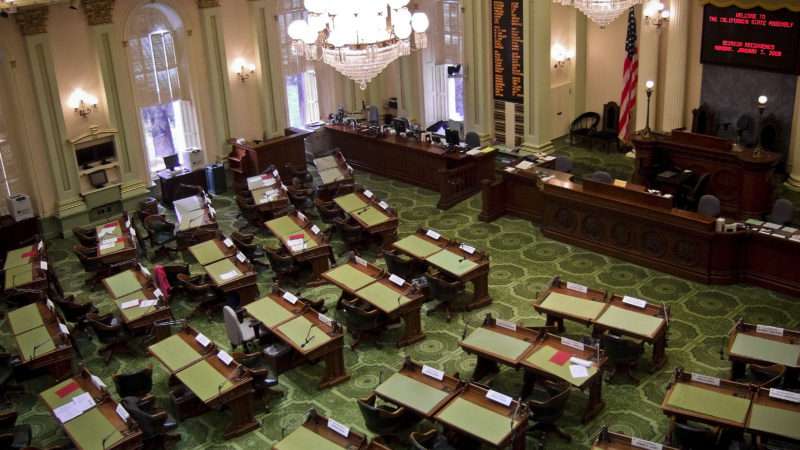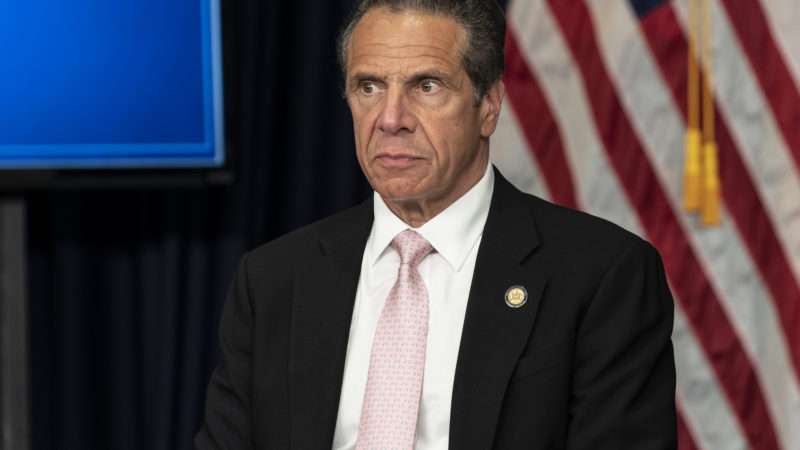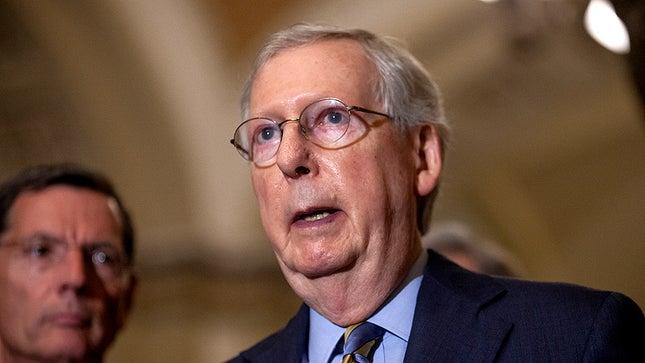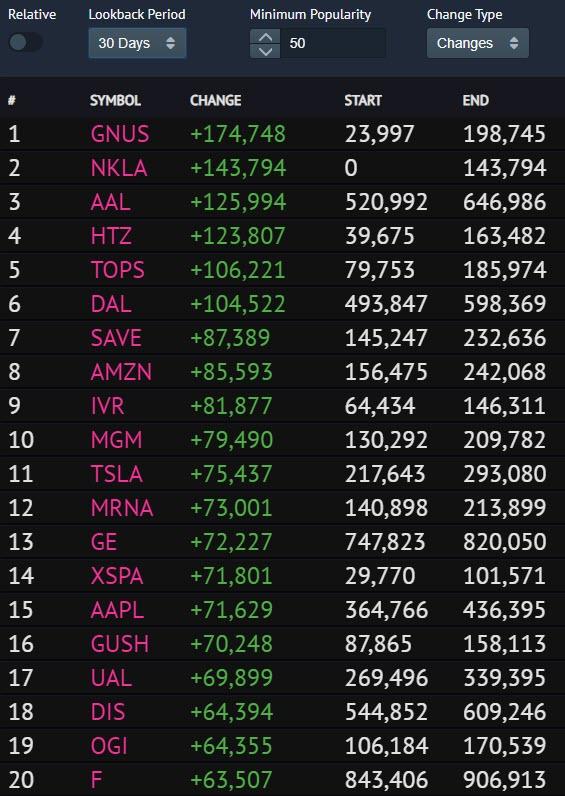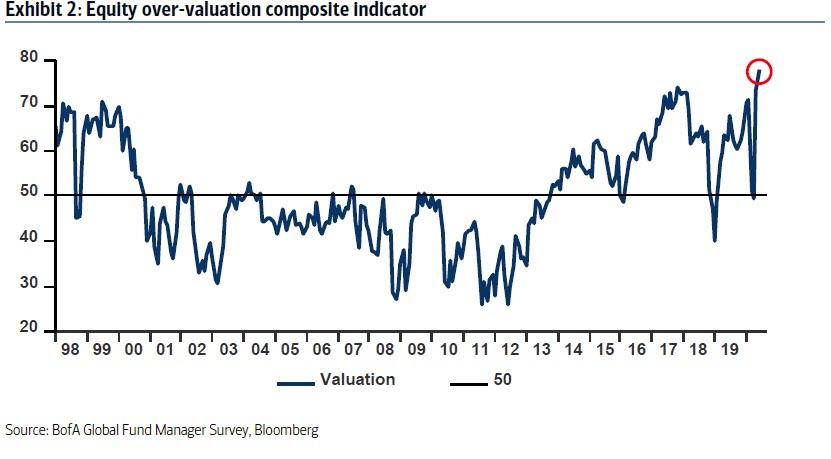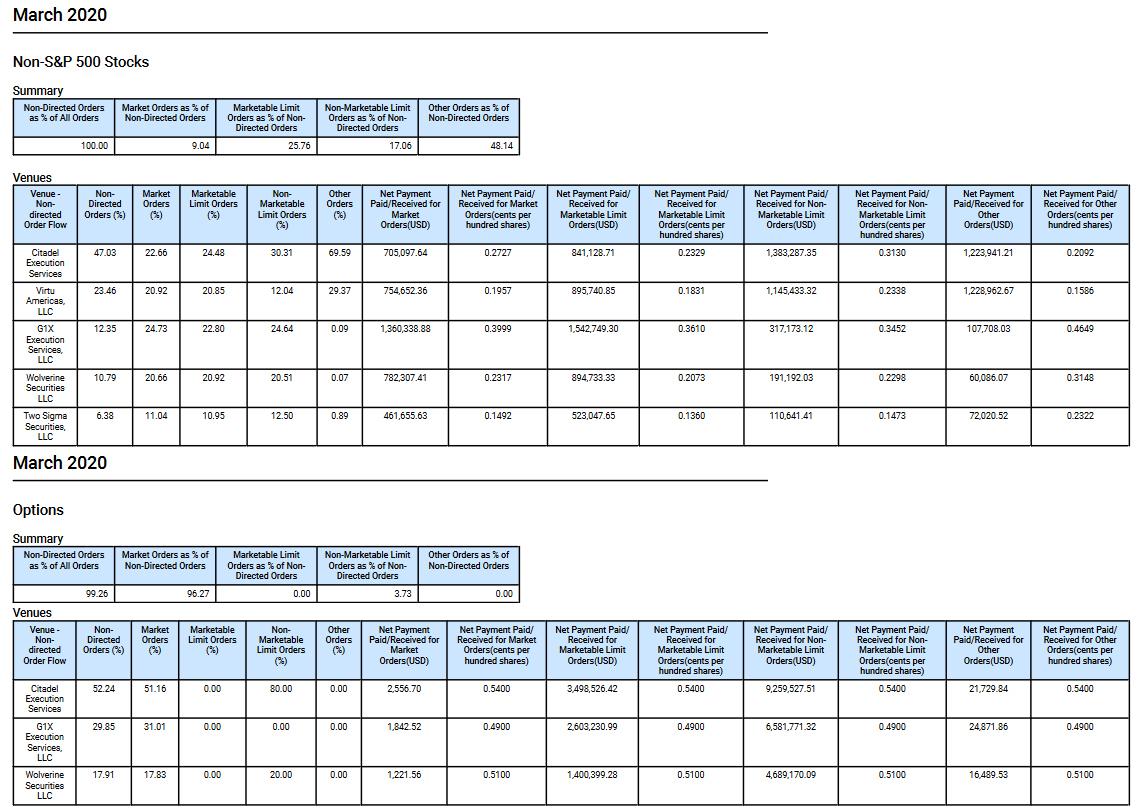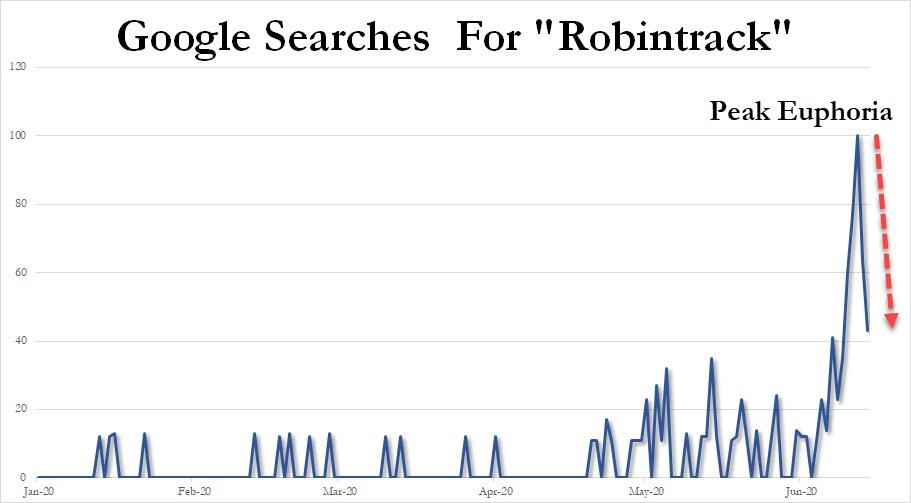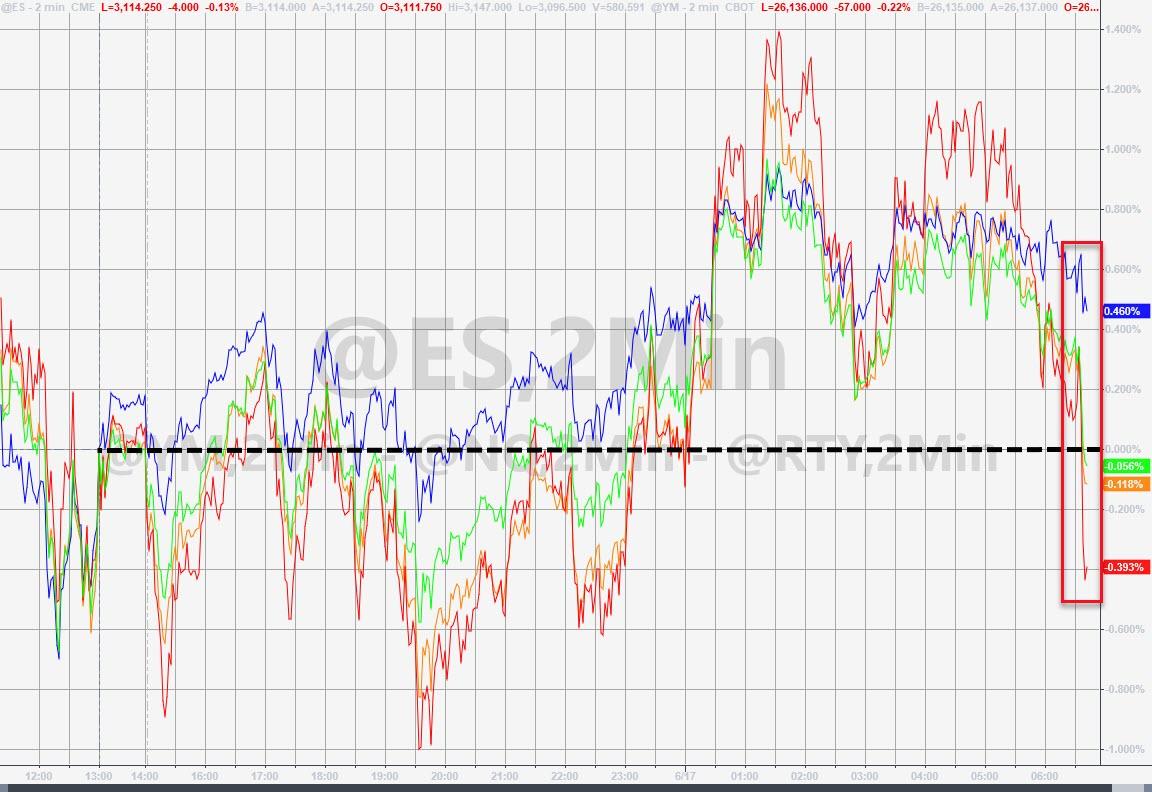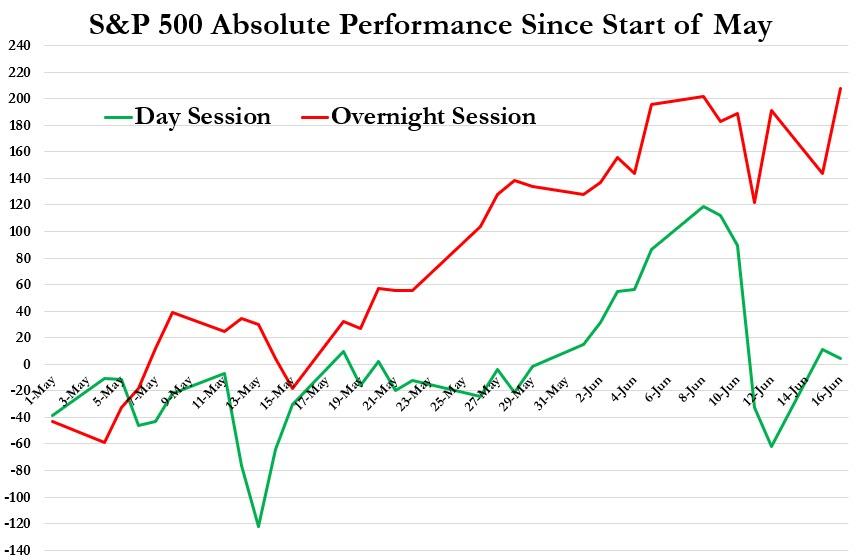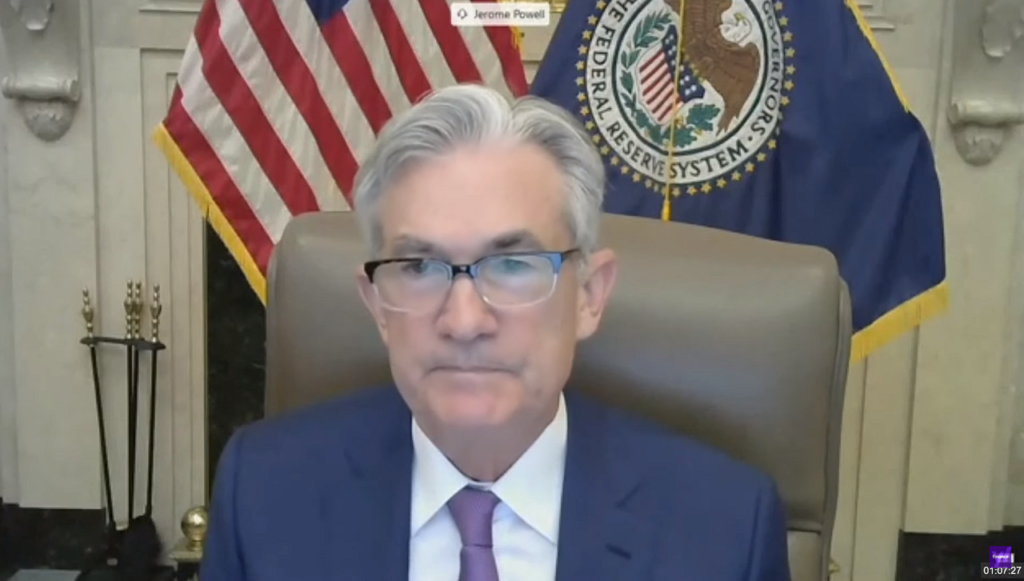Eviction moratoriums were one of the first policies cities, states, and the federal government adopted in response to the coronavirus pandemic under the largely uncontroversial logic that people couldn’t shelter in place without any shelter.
As the crisis has dragged on, however, these temporary protections have become the subject of intense legal and policy battles as landlords sue to overturn them, state legislators scramble to extend them, and Congress mulls imposing a blanket eviction policy on the whole country.
On Monday, California landlords Peggy Christensen and Peter Martin filed a lawsuit in the Kern County Superior Court challenging a blanket, indefinite suspension of evictions issued by the California Judicial Council, the rulemaking body for the state’s courts, in early April.
That policy went beyond many of the eviction protections adopted by local California governments, which have typically been limited to protecting those who had lost jobs or income because of the pandemic.
In contrast, the Judicial Council’s Emergency Rule One—one of 11 such rules issued by the council in response to the pandemic—suspended all evictions until 90 days after the end of the state’s declared emergency (whenever that will turn out to be), unless a court decides they are necessary to protect public health and safety.
The rule has prevented both Christensen and Martin, who own an 8-unit housing complex and a 27-unit mobile home park, respectively, from evicting some tenants.
Christensen, according to the lawsuit, has been unable to evict a tenant who hasn’t paid rent since February, and who has reportedly damaged the property. Martin hasn’t been able to evict a tenant who has failed to pay rent since January, and who has attracted complaints from other tenants and been the subject of a drug raid.
According to their complaint, both Christensen and Martin have had to turn away people inquiring about vacant units.
“They have both turned people away in need of housing, people who would be respectful tenants, good neighbors,” says Michael Poon, an attorney with the Pacific Legal Foundation (PLF), which is representing the two. “Emergency rule 1 forces them to keep people who destroy the property, harass tenants, create a nuisance, appear to be engaged in illegal activity on the premises, and who don’t pay.”
The PLF lawsuit argues that the Judicial Council’s eviction ban is a substantive policy decision that goes beyond its authority to set administrative rules for state courts. By doing so, it has usurped powers the California Constitution reserves for the state legislature.
On the other side of the country, a group of landlords is suing New York Gov. Andrew Cuomo, a Democrat, over an executive order he’s issued suspending all evictions until June 20, and evictions for those who qualify for unemployment or who’ve lost income because of the coronavirus until August 20.
This federal lawsuit, filed in the U.S. District Court for the Southern District of New York in late May, argues Cuomo’s eviction moratorium violates New York state law, as well as the U.S. Constitution’s protections against uncompensated takings of property.
New York’s “landlords are precluded from asserting their rights and obtaining relief to protect their property, all the while remaining obligated to pay all of their own carrying costs and other expenses, including taxes,” reads that lawsuit.
Even as these lawsuits mount, state legislators are taking action to preserve emergency eviction moratoriums for the foreseeable future.
The same day that the lawsuit against Cuomo’s eviction moratorium was filed, New York’s legislature passed their own bill suspending evictions for as long as restrictions on business openings and mass gatherings remain in place. Like Cuomo’s order, this bill’s protections would be limited to unemployed people or those who can prove they lost income because of COVID-19. The governor has yet to sign this bill.
In California, state Sen. David Chiu (D–San Francisco) has introduced a bill that would prohibit evictions for nonpayment of any renters until 90 days after the end of the state’s declared emergency. It would also give tenants a full 15 months after the end of the state’s emergency to pay back rent they owed before a landlord could sue to collect it.
Chui’s bill passed the California Assembly in May unanimously. It’s currently working its way through the state Senate. Should it pass there too, it would seemingly make the PLF lawsuit—which target’s the near-identical Judicial Council policy on separation of powers grounds—moot.
These state-level legal and policy battles are being mirrored at the federal level.
At the outset of the coronavirus pandemic, federal housing authorities suspended foreclosures and evictions for two months at some properties that had mortgages backed by the federal government.
The Coronavirus Aid, Relief, and Economic Security (CARES) Act that passed Congress in late March expanded the number of properties covered by these eviction and foreclosure moratoriums, and extended them until the end of July.
The Democrat-controlled House, at the urging of low-income housing advocates, included a blanket yearlong suspension of evictions and foreclosures in their $3 trillion HEROES Act. That bill passed the House in May, but stands little chance in the Republican-controlled Senate.
There’s no denying the rental housing market is in crisis. According to a nationwide survey conducted by listing website ApartmentList, 20 percent of renters made no June rent payment and 12 percent made only a partial payment. A survey of property owners released by New York City’s Community Housing Improvement Program (CHIP), a small landlord trade group, found that 24 percent of renters made no payments in June.
Eviction moratoriums are designed to address this crisis. They are also contributing to it by removing tenants’ most immediate consequences for not paying their rent. The longer these emergency policies are extended, the less likely landlords will be unable to pay their own bills, whether that be a mortgage or property taxes.
That, in turn, could produce liquidity problems for the banks who lent money them money and revenue shortfalls for local governments. Over time, it could also disincentivize people from renting out their properties at all, shrinking an already inadequate supply of housing.

from Latest – Reason.com https://ift.tt/3d9T9O0
via IFTTT
